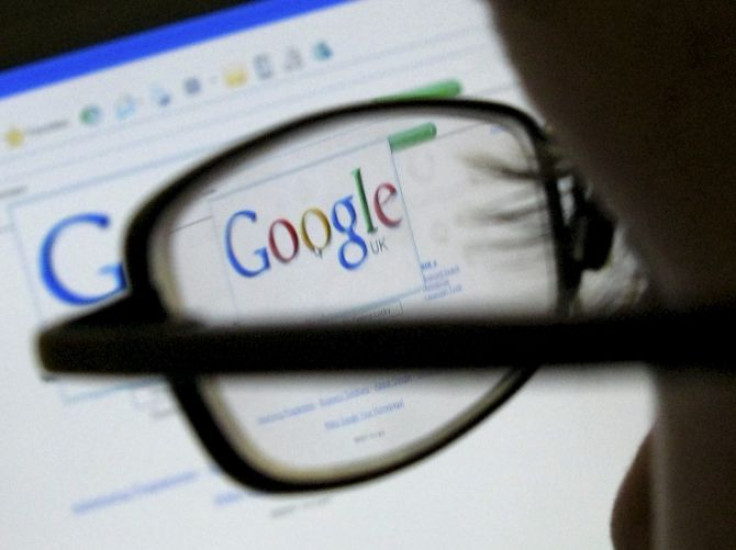Google Your Symptoms Later, Go See a Doctor First

When sick, people go online to check their symptoms before visiting a doctor. New research has shown that people who Google their symptoms tend to overrate their disease.
"In today's wired world, self-diagnosis via internet search is very common. Such symptom-matching exercises may lead consumers to overestimate the likelihood of getting a serious disease because they focus on their symptoms while ignoring the very low likelihood that their symptoms are related to any serious illness," wrote authors Dengfeng Yan and Jaideep Sengupta from Hong Kong University of Science and Technology, in a statement.
In the present study, researchers asked consumers to imagine that they and someone else they knew were suffering from a runny nose, headache and fever. They were then asked to rate the likelihood of either one of them (self or the other person) suffering from H1N1 flu.
Researchers found that almost everybody felt that they were having H1N1 while they rated others illness (with the same symptoms) as common cold.
"One of the easiest ways to get rid of this bias is to see a real doctor instead of Dr. Google. A real doctor possesses much more knowledge and will take the prevalence of a disease into consideration because she is viewing the patient from a distance. This will prevent symptoms from exerting a disproportionate influence on the diagnosis," the authors said.
Medical Daily had earlier reported a study that said that one in four British women has misdiagnosed themselves on the Internet and that over half of the women in the study had used wrong medication for their disease after consulting Google. Another study says that people who Google their symptoms because they want to be more involved in their treatment process and not because they mistrust their physician.
A study conducted in the year 2009 had shown than physicians feel online diagnosis makes people more concerned about their health and that most of the times the information that people get about the disease is irrelevant to their present condition.
The study was published in the Journal of Consumer Research.



























